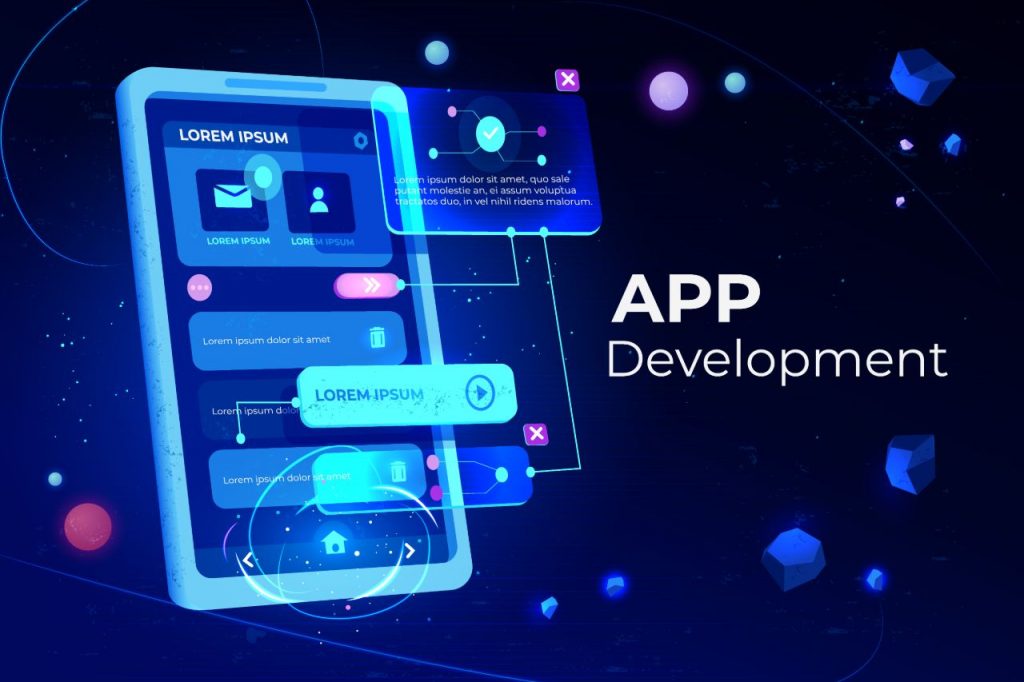The rise of smartphones has democratized access to technology, making apps an integral part of our lives. From simple utility tools to complex enterprise applications, mobile apps cater to varied user needs. If you have an idea and wish to translate it into a successful mobile app, you’re in the right place! Here’s a step-by-step guide to help you navigate the exciting world of mobile app development.
Conceptualization
Start with the basics:
- Ideation: Identify a problem you wish to solve or a service you’d like to offer.
- Market Research: Ensure there’s a demand for your app. Analyze competitors, their strengths, and areas of improvement.
- Define Target Audience: Understand user demographics, preferences, and behavior patterns.
Designing the Blueprint
- Wireframing: Sketch your app’s primary interfaces. Tools like Balsamiq or Sketch can be helpful.
- Prototyping: Create an interactive model of your app. It doesn’t have functionalities but gives a clearer picture of the user experience.
Technical Considerations
- Choose a Platform: Decide if you want to start with iOS, Android, or a cross-platform solution.
- Back-end Development: Determine if your app needs a server to store data or if it will be a standalone application.
App Development
Here’s where the magic happens:
- Front-end Development: The user interface and experience come to life.
- Back-end Development: Set up servers, databases, APIs, and storage solutions.
Testing
A critical step to ensure a seamless user experience:
- Alpha Testing: Internal testing by the development team to find bugs.
- Beta Testing: Limited release to a selected audience for feedback.
- Usability Testing: Ensuring intuitive and user-friendly designs.
Deployment
- Prepare for Launch: Finalize app name, description, and create engaging screenshots.
- Submit to App Stores: Understand guidelines for Apple App Store and Google Play Store. It might take a few days for approval.
Marketing & Promotion
Your app needs visibility:
- App Store Optimization (ASO): Enhance visibility within the app stores.
- Launch Campaigns: Social media, email marketing, and influencer collaborations can amplify reach.
Maintenance & Updates
Post-launch, the journey continues:
- Feedback Loop: Regularly collect feedback from users.
- Roll out Updates: Address bugs, enhance functionalities, or introduce new features.
Keys to Successful App Development
- Stay Updated: The mobile app industry is ever-evolving. Be adaptive to changes.
- Focus on User Experience: A well-functioning app with poor UX won’t gain traction.
- Monetization Strategy: If it’s a commercial app, think about in-app purchases, ads, subscriptions, or one-time purchase models.
Potential Challenges
- Development Costs: Be realistic about your budget. While there are cost-effective solutions, quality might come at a price.
- Platform Updates: Both Android and iOS regularly update their systems. Ensure compatibility.
- User Acquisition: Convincing users to download and use your app amidst millions of alternatives can be tough.
Conclusion
Mobile app development is a fascinating journey that takes an idea and turns it into a tangible product accessible to millions. While the path might seem daunting, breaking it down into structured steps can simplify the process. With the right idea, strategy, and execution, your app can find its way to many smartphones and make a lasting impact.







Add comment